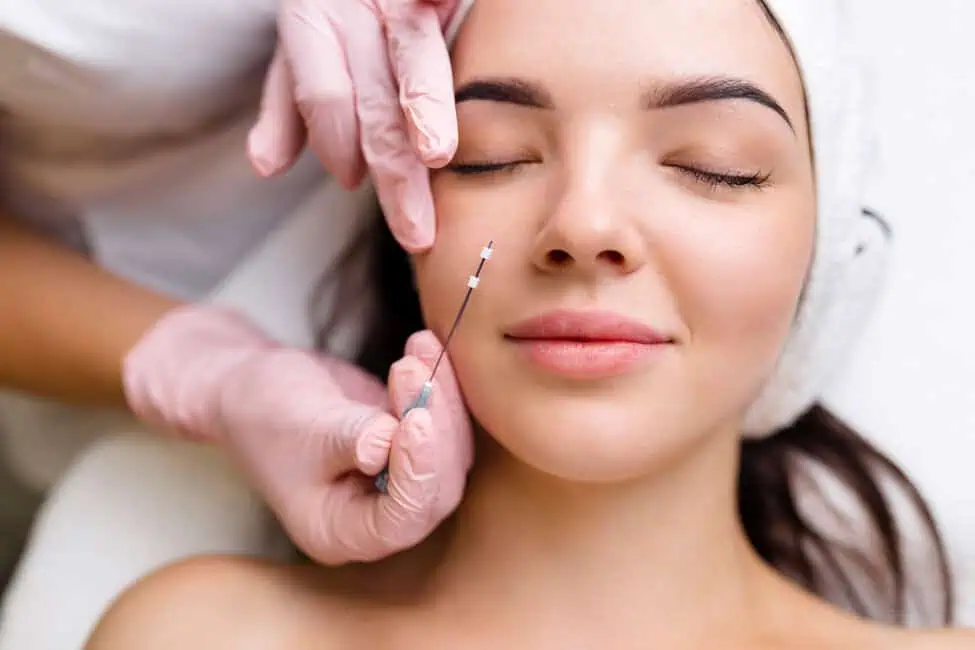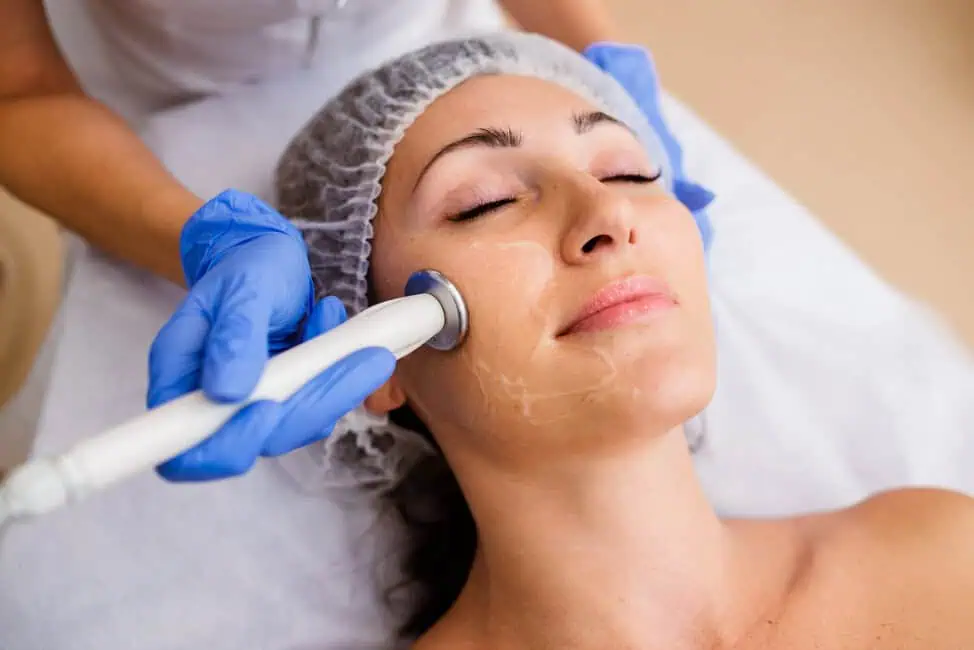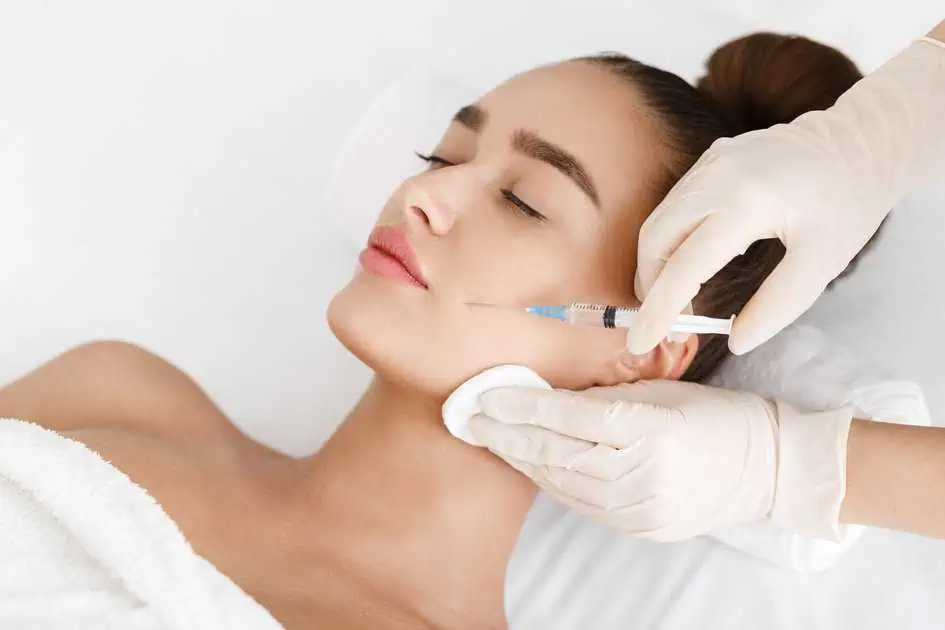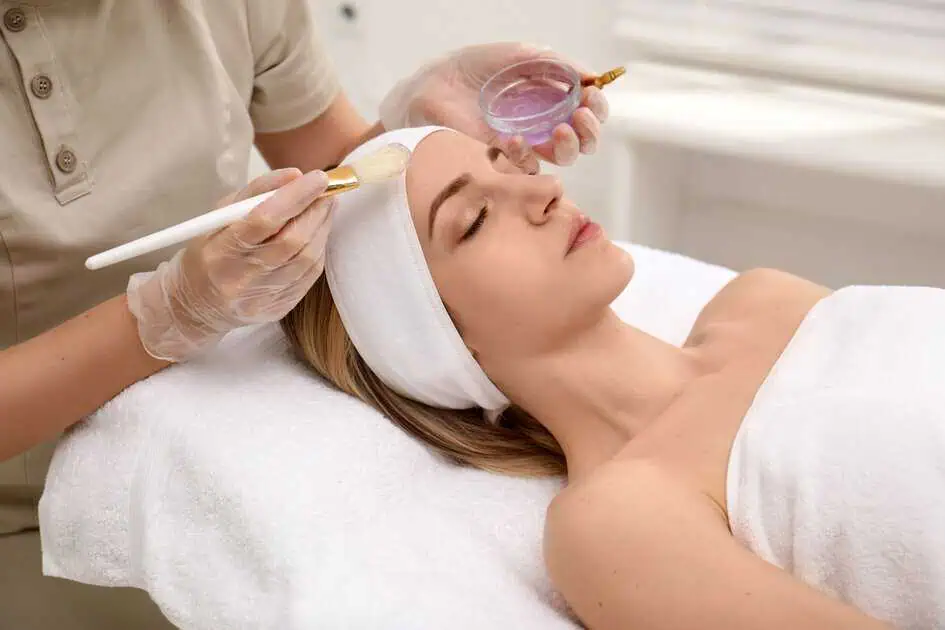Regarding products for your skin, you shouldn’t settle for anything less than the best. Individuals whose skin has become damaged due to exposure to the sun or the natural aging process may find that chemical peels are one of the most effective skin rejuvenation methods available to them. You may utilize them to reduce the appearance of fine lines and wrinkles, blemishes, unbalanced pigmentation, and various other skin defects.
Chemical peels are treatments that involve utilizing a sort of peeling method to remove the uppermost layer of skin, as the name suggests. New skin cells have to make room for themselves by pushing older, dead skin cells to the skin surface, which can penetrate deeper into the dermis.
Under unusual conditions, layers of dead skin cells can build up on the skin’s surface, irritating. To encourage the growth of new tissue that will be less susceptible to faults in the future, a chemical peel can be used to help remove this layer, as well as on parts of layers that lie beneath it.
Three distinct types of chemical peel strengths:
Superficial Peel
Peels that are applied only to the skin’s surface are the mildest and require the shortest amount of time for healing. The relatively benign chemicals that were used were only capable of penetrating the top layer. The results of a superficial chemical peel can be seen almost immediately, including a brightening of the skin and a soothing and exfoliating effect.
Medium
When you get a medium chemical peel, the chemicals used are stronger than those used for a light chemical peel, which means that they can reach even deeper layers of your skin. Medium peels can be used to address fine lines, wrinkles, discoloration, and small scars on the skin that may have developed as a result of acne or severe injury to the skin. If you get a medium chemical peel done, it could take up to a week for your skin to recover and to notice the treatment’s full effects.
Deep
As the name suggests, deep chemical peels use chemicals that are more potent than those used in standard chemical peels but are still perfectly safe for the skin. This allows them to reach even deeper layers of the skin than regular chemical peels. During the procedure, you might need to have an anesthetic administered. You may not get the full advantages of your Peel for up to three months after undergoing the exfoliation process, which can take up to ten days to complete.
Are chemical peels helpful for people with all different types of skin?
In general, superficial peels are beneficial for use on all different types of skin. If you have a darker skin tone than average, however, you have a greater risk of experiencing a discoloration of your skin as a side effect of the treatment. This syndrome is referred to as post-inflammatory hyperpigmentation by medical professionals. If you have inherently darker skin tone, seeing a dermatologist about other less invasive procedures may be something you want to look into. This will help you reduce the risk of developing hyperpigmentation in the future.
In addition, if you have a history of odd scars on your skin, a chemical peel might not be the best option for you.
What are the steps included in the chemical peel treatment procedure?
A chemical peel is the type of procedure that can be performed as an outpatient procedure at either a surgical facility or a doctor’s clinic. Your skin will be properly cleansed with a substance that removes extra oils. The next step then involves applying a chemical solution to your skin. Each variety of chemical is capable of penetrating the skin to a specific depth, where it causes a regulated level of damage, and then causes the top layer of skin to flake off and reveal a new layer underneath.
Depending on the specific chemical composition, the results can vary.
Your goals will determine the type of chemical Peel that is best for you. The depth of your Peel is something that you and your specialist will decide together.
General preparation instructions before undergoing a chemical peel
Staying out of the sun and avoiding getting a tan should be done two weeks before every treatment.
Applying topical therapies (such as hydroquinone) in the manner indicated on the packaging to condition your skin for treatment is recommended.
If your doctor has not instructed you otherwise, you should avoid taking any medications containing retinoids for the one to two weeks following your treatment.
You should begin taking any oral antibiotics or antiviral treatments that you were prescribed at least 24 hours before the chemical Peel. This will help prevent any infections from occurring.
It is imperative that the area that will be peeled be free of any open wounds, lesions, or skin diseases.
Your dermatologist will offer specific instructions tailored to the type of Peel and your current skin condition.
On the day of the peeling, your skin will be carefully scrubbed and exfoliated. If you undergo a deep chemical peel, you will be put to sleep for the procedure.
Chemical peels help to polish the epidermis while simultaneously increasing the turnover rate of cells. It does wonders for healing the skin after it has been harmed by the free radicals in the environment. A gentle solution is used in the Chemical Peel procedure, which results in the outer layers of the skin having a more vibrant appearance and feeling smoother. If you have acne or skin that is dry to oily, getting a peel is something that would be very beneficial for you.
To treat the problem, you’re having with your skin, Alli B + CO provides the chemical Peel in some different concentrations. Chemical peels help to polish the epidermis while simultaneously increasing the turnover rate of cells. It does wondrous things for healing the skin after it has been damaged by the free radicals in the environment.








